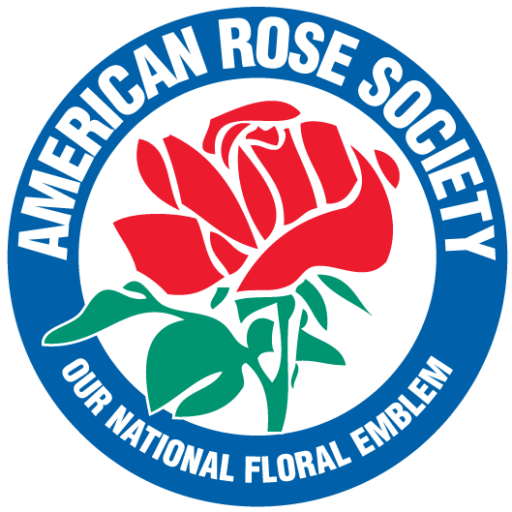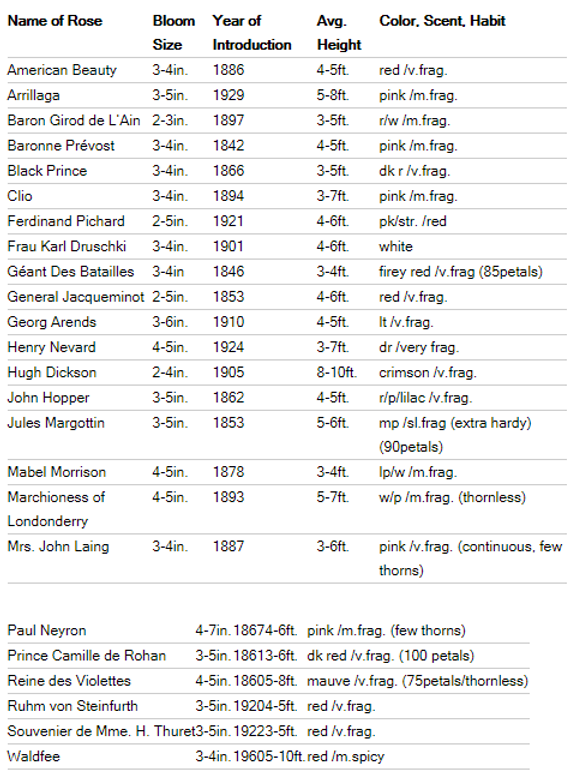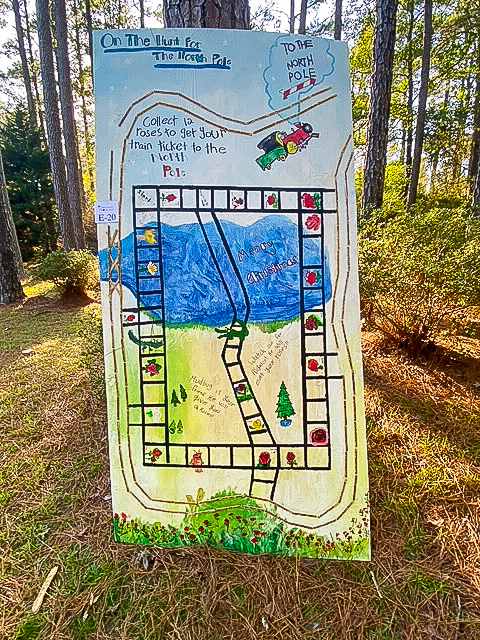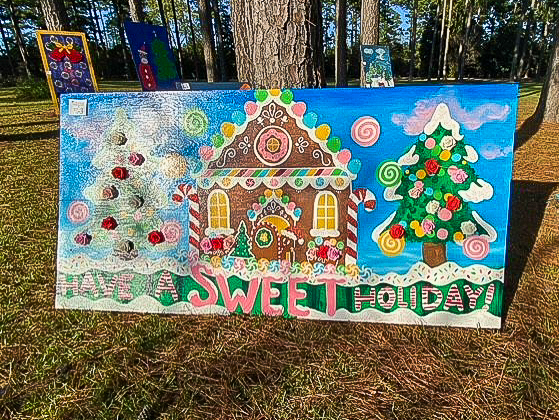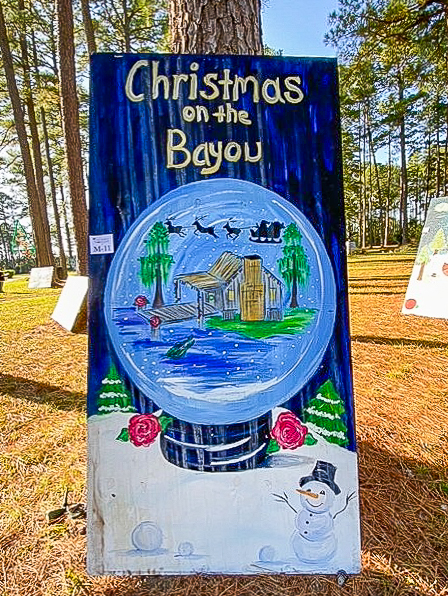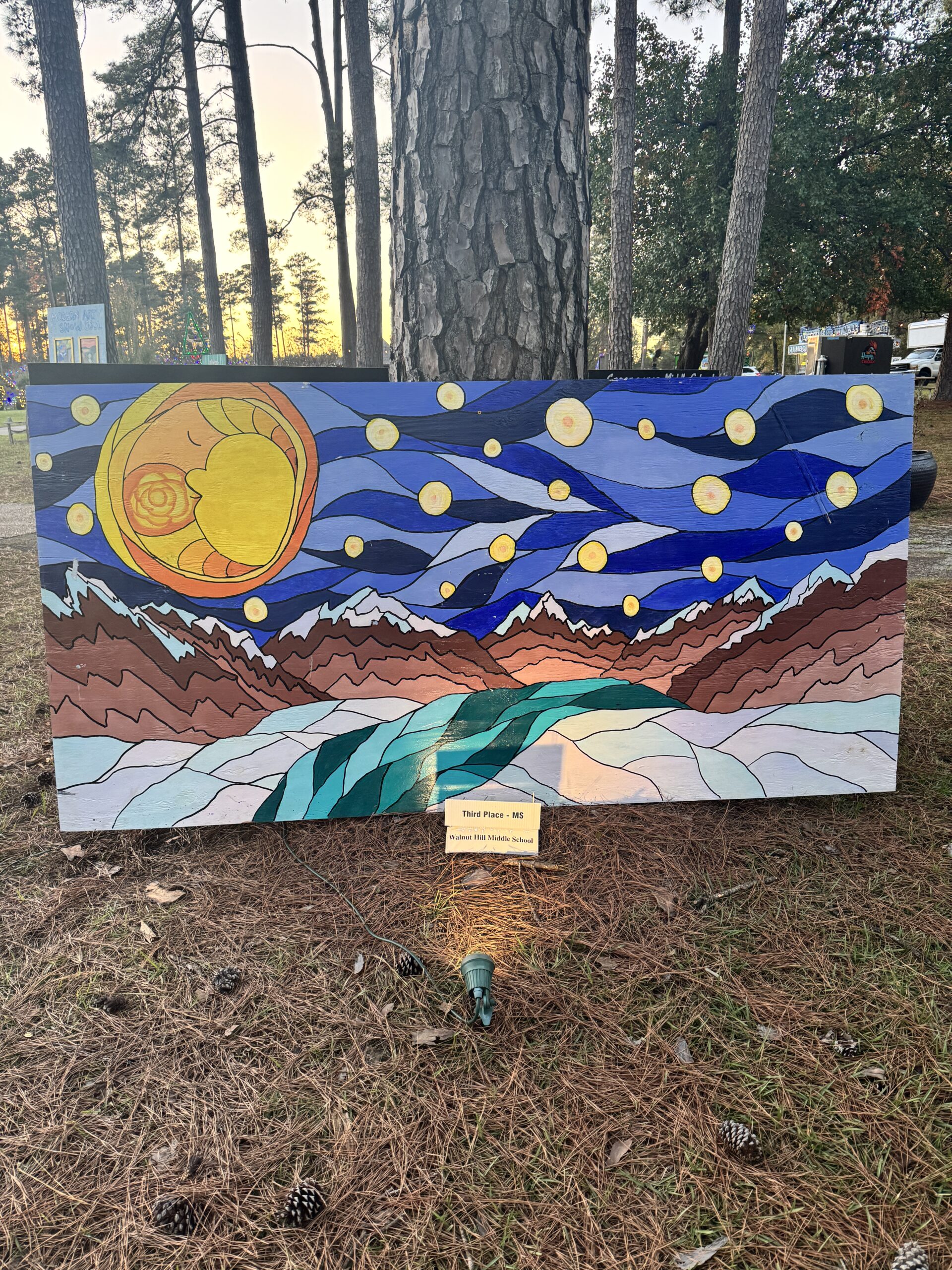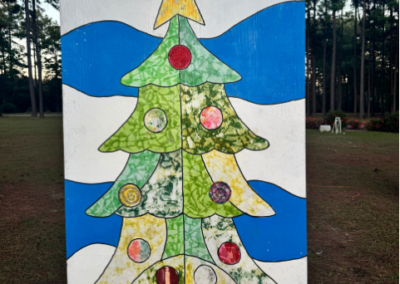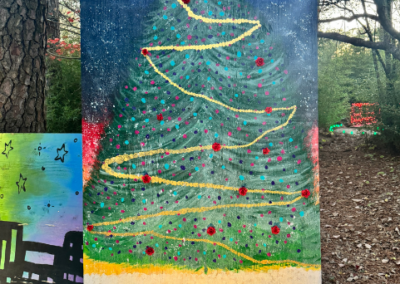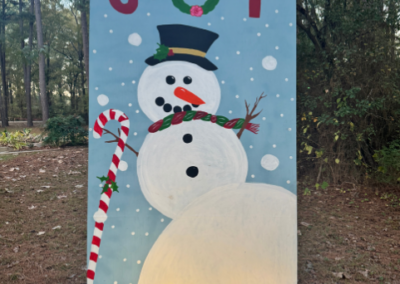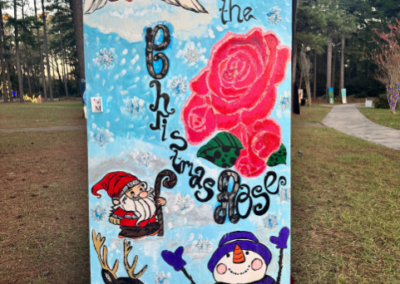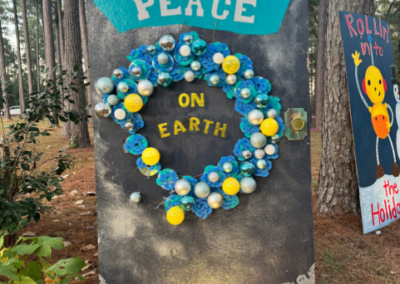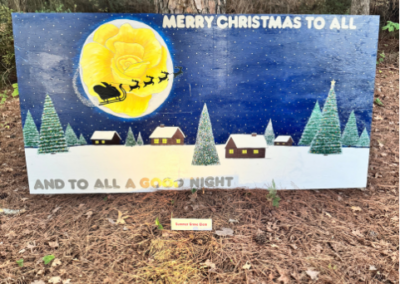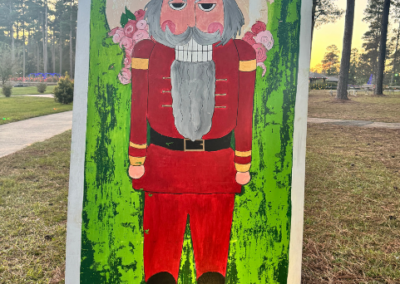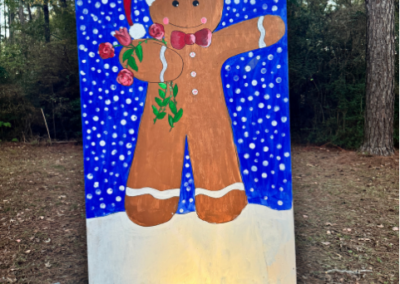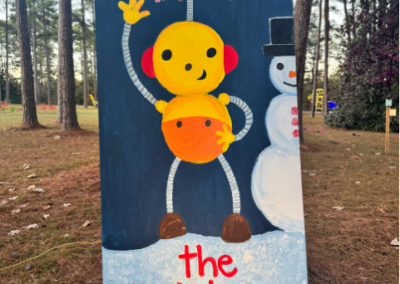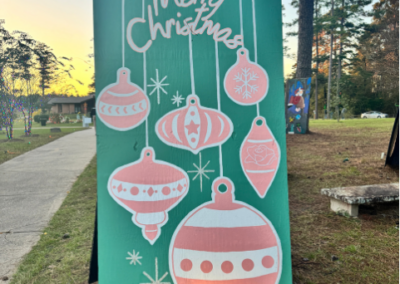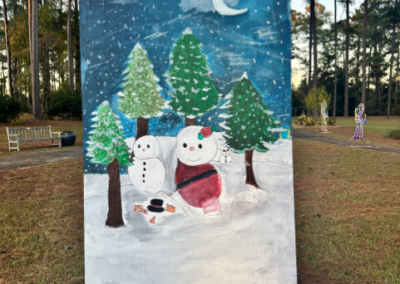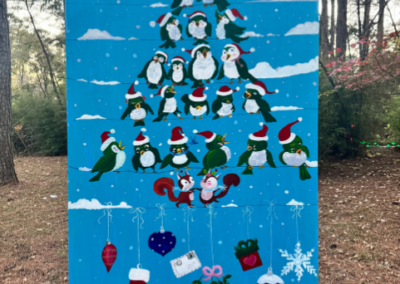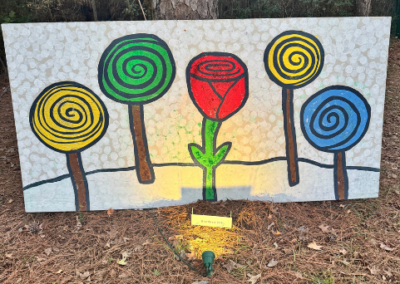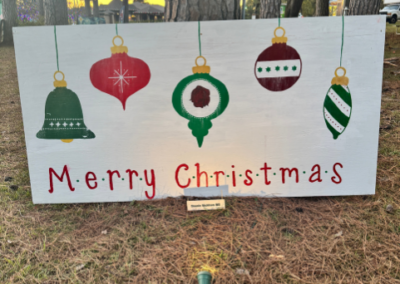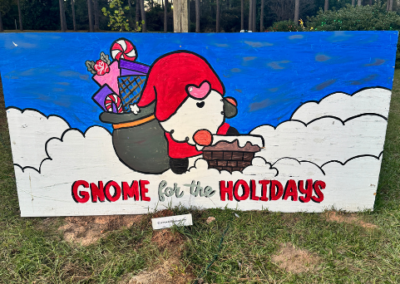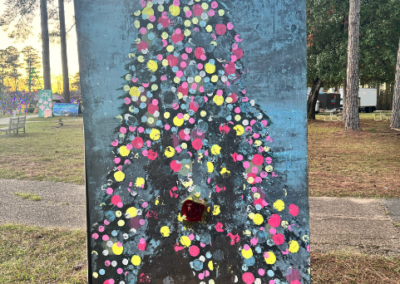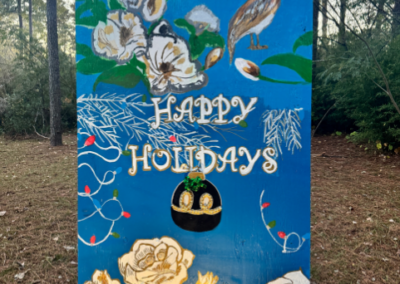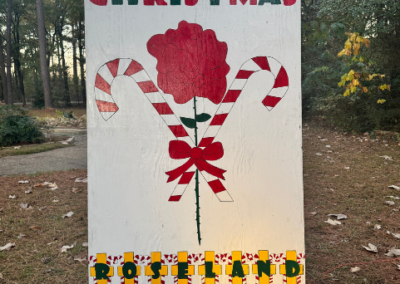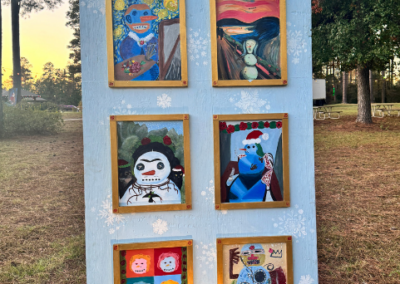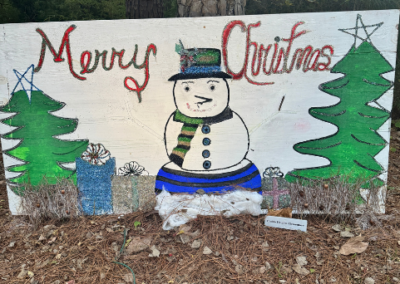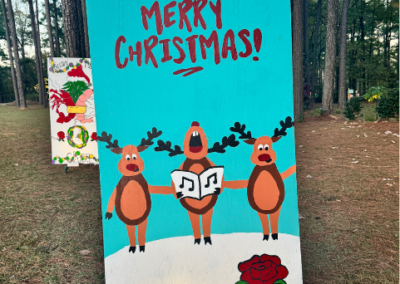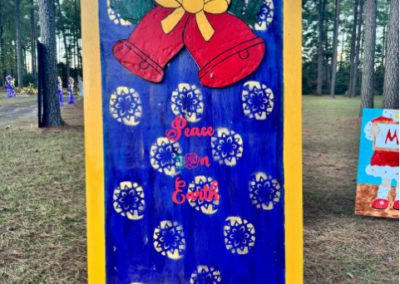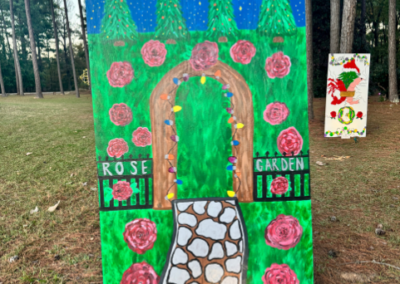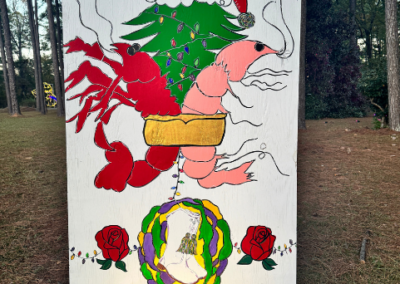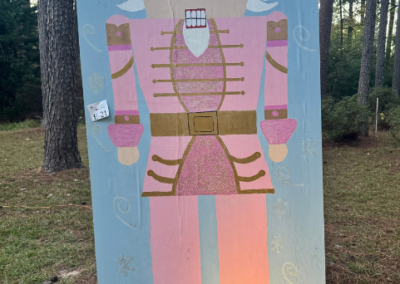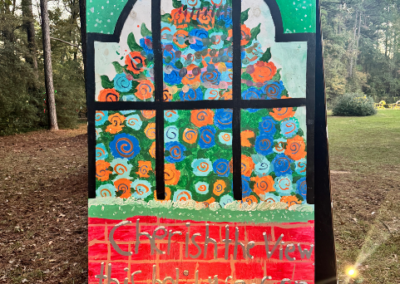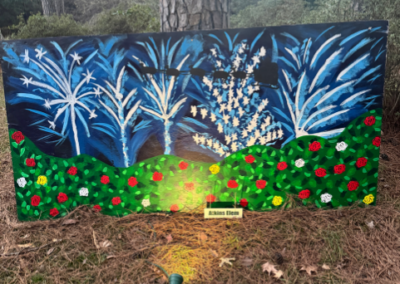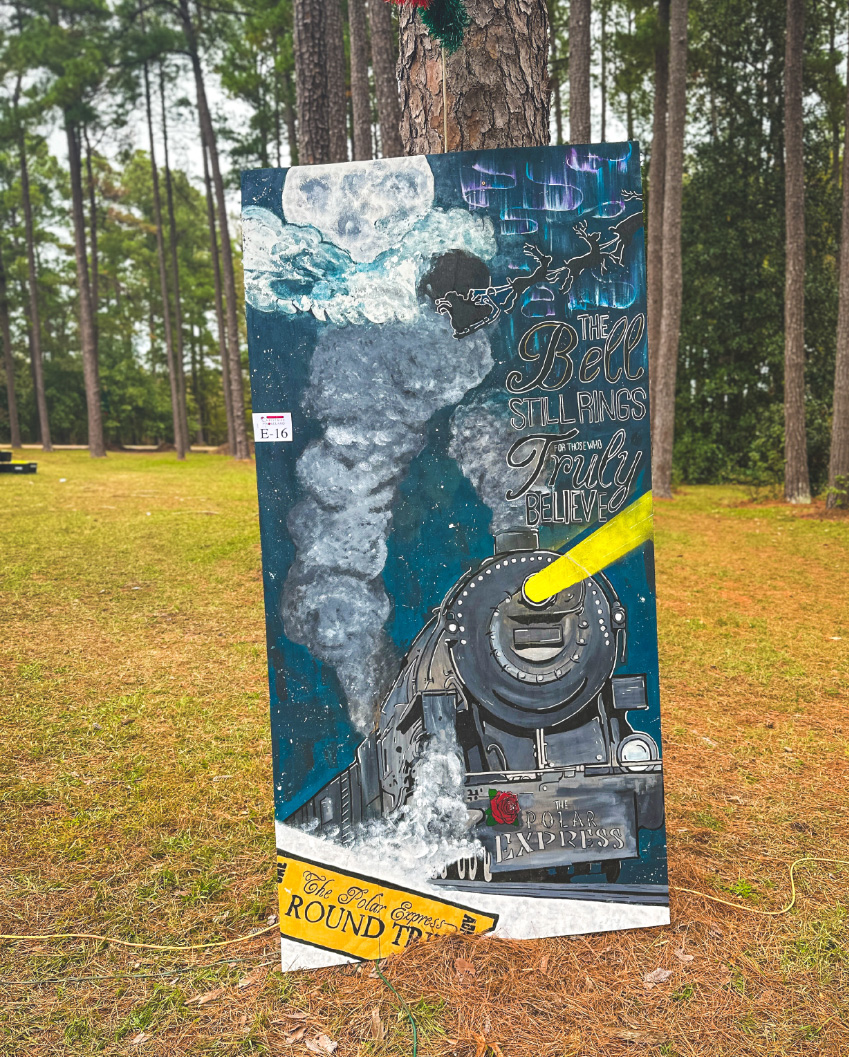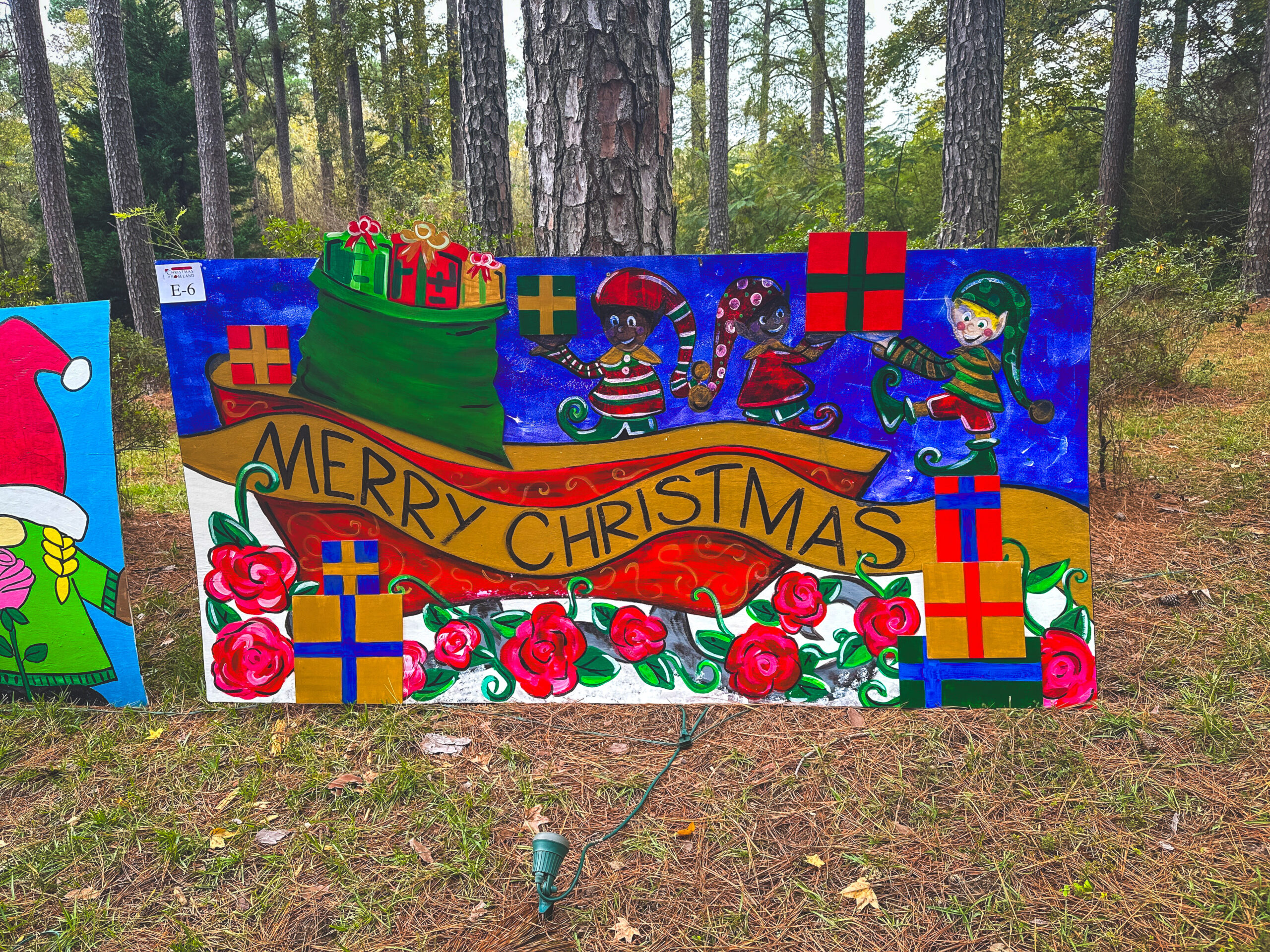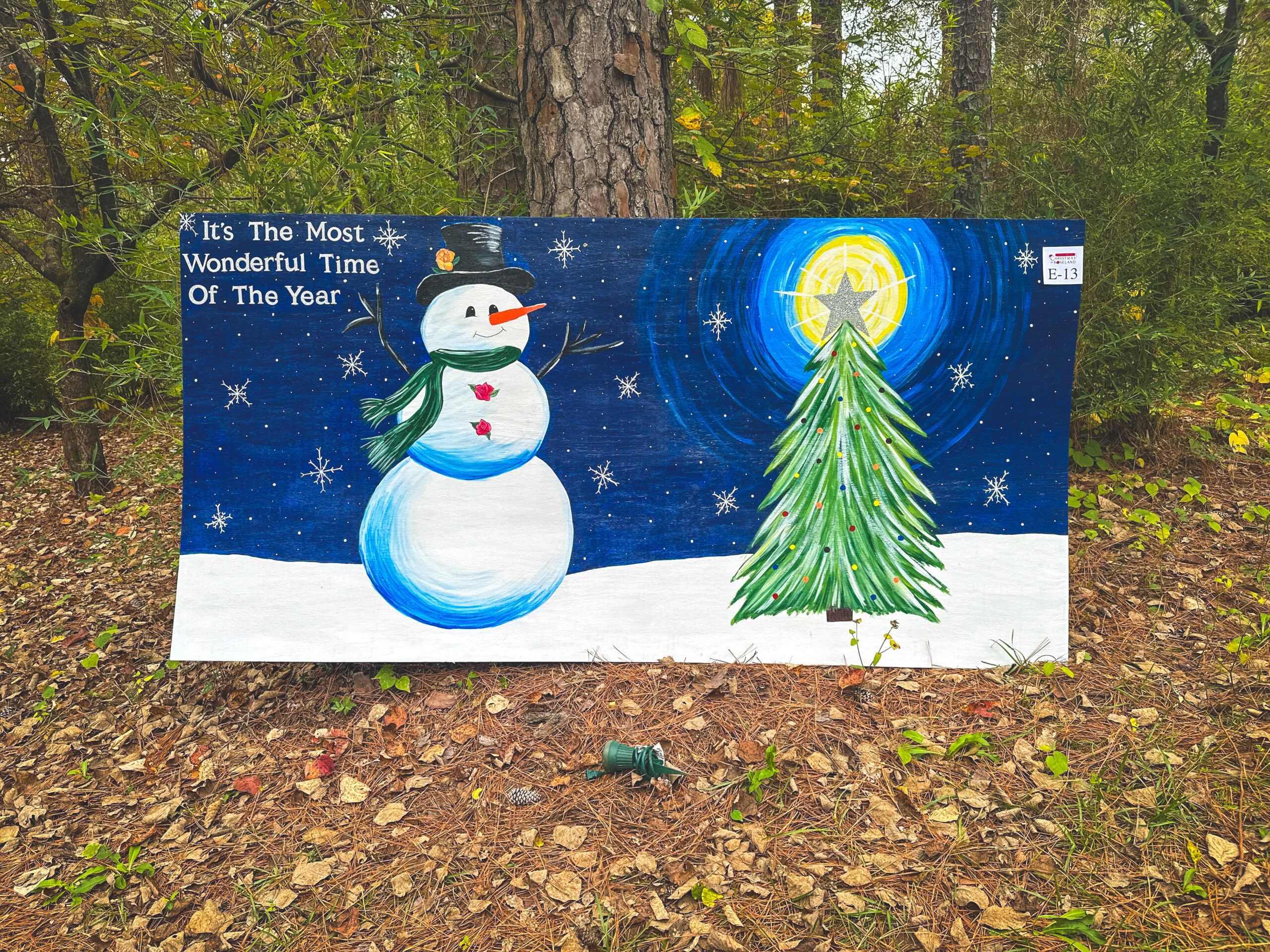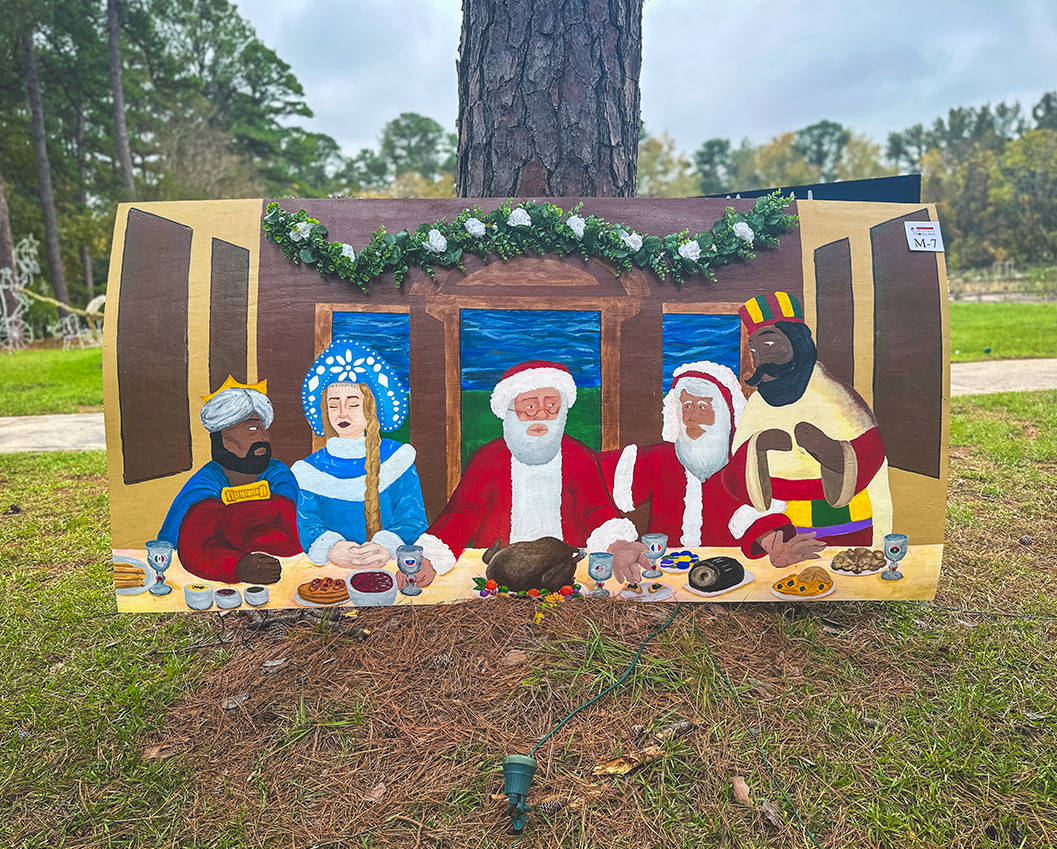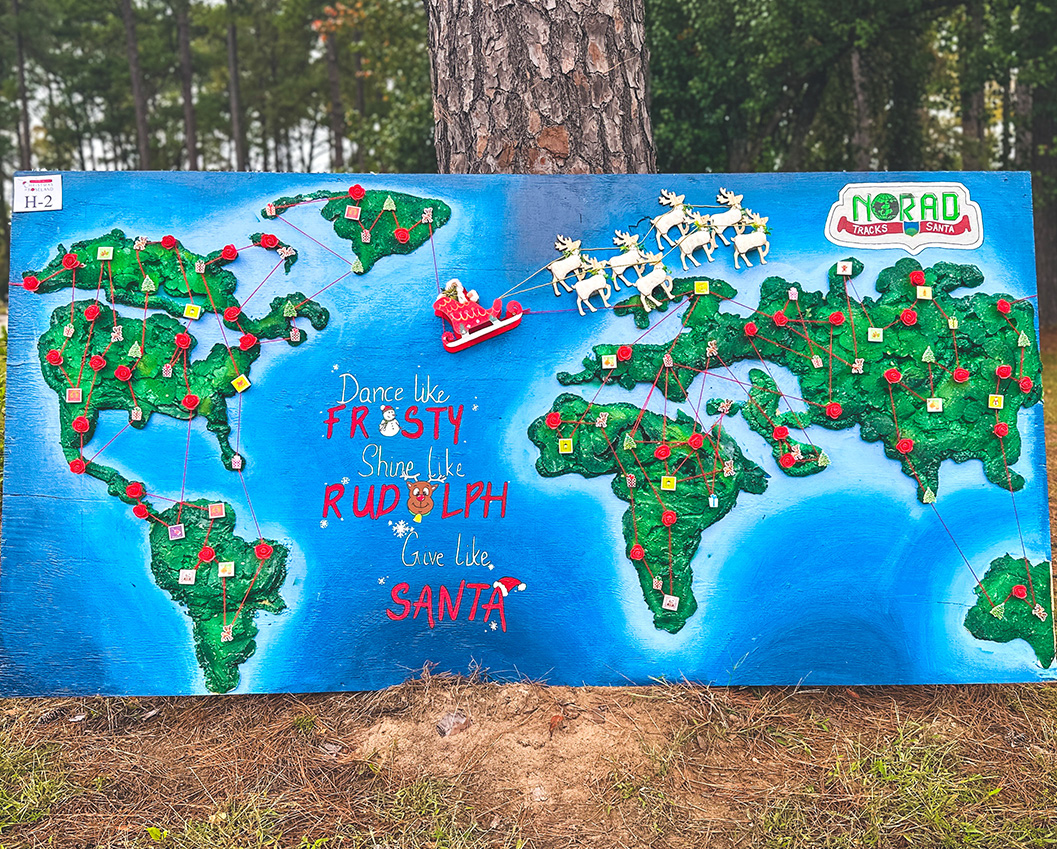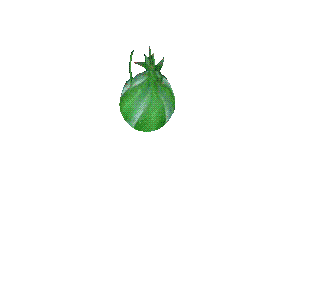Aren’t All Roses Shrubs?
Well, yeah. Sort of. Botanically speaking, at least. Any plant that arises from the ground without a single woody trunk separating the roots from the branches is technically a shrub rather than a tree. That makes roses—at least those growing on their own God-given roots—shrubs. (The thing in the rose catalog called a tree rose is a Frankenstein creation of grafted parts from several roses; it doesn’t exist in nature.)
So why would we refer to just some roses as shrub roses? On his website, Minnesota nurseryman Sam Kedem admits that, “The term ‘shrub rose’ is somewhat arbitrary and may lead to ambiguity.” Sam’s right, so let’s try to clear up the picture as much as we can.
When the American Rose Society talks about shrub roses, we’re talking about something quite specific. Officially, thereare two major divisions of the ARS shrub rose classification. Under classic shrubs we plahybrid rugosas, hybrid musks, Kordesii hybrids, and moyesii hybrids. Musks, rugosas, moyesiis and Kordeare splendid old rose lines that have been used to hybridize many roses, a few handsful of which are still grown.
However, it’s the other major division— modern shrubs —that have put shrub roses on gardeners’ view screens because this is where David Austin placed his wildly popular new-old-fashioned English roses. I suspect that without Austin and like-minded breeders swelling this category with innovative looks in roses that didn’t quite fit in the usual groupings, the ARS shrub category would have remained insignificant. For a good portion of the 20th century, hybrid teas held the field with growers and exhibitors, and it is Austin who gets most of the credit for giving legitimacy to roses that didn’t fit in the mainstrecategories but are marvelous in their own right. That’s benefited both exhibitors (there are exhibition trophies just for shrub roses) as well as growers looking for great garden roses.
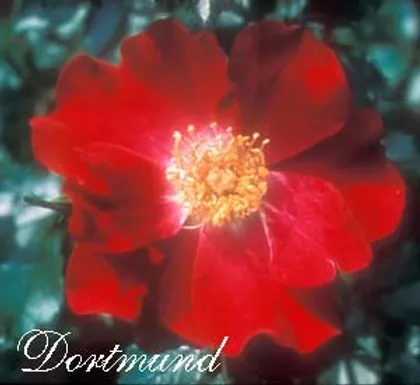
So if you’re a rose exhibitor, you can only use the term “shrub” if the ARS classifies your rose that way. If, like me, you’re just a gardener who loves roses, you couldn’t care less what label someone put on a rose: if it’s pretty, healthy, productive, and easy to grow, I want to make its acquaintance. Informally, rose growers often refer to roses like that as shrub roses. Many nurseries, too, use the term to refer to a broader selection of roses than is included in the ARS classification. Sam Kedem (who’s done much to promote tough shrubs for his weather-challenged Minnesota customers) explains his shrub rose list this way: “There is an inherent difficulty in separating modern from antique, ground covers from bushes, floribunda from shrub, landscape from garden roses and so on. This category comprises delegates from many types of roses, past and present, with a single common denominator: garden beautiful.”
So when nurserymen and gardeners talk about shrub roses, they’re usually not confining themselves to musks, Kordesiis, rugosas and Austins; they’ll include any rose that has superb garden qualities like these:
-
Unfussy growers. A good shrub rose should be one that an amateur can grow.
-
Roses that look good in the yard. I love hybrid teas, but I think you’d have a hard time making the case that most hybrid tea bushes look as nice in a landscape as their blossoms do in a vase. While shrubs may have bouquet-quality flowers, They’ll also do good service in the landscape.
-
Disease resistance. Disease resistance is currently the holy grail of rose breeding. While resistance is improving in all rose categories, you’ll have the best chance of finding it among the shrubs.
-
Cold hardiness. Several hybridizers (the late Dr. Griffith Buck, and the Morden Research Station in Manitoba, among others) have worked to develop handsome shrub roses that will stand up to bitterly cold northern winters—and they’ve succeeded.
-
Unconventional blossoms. Thanks to florists and illustrators, a lot of folks for a long time supposed that a real rose always had to look like a hybrid tea. As a consequence, lots of gorgeous roses were ignored because they didn’t match that ideal. If you, like me, love old-fashioned looking roses and single roses, you’ll be happy for the new interest in shrub roses, because that’s where a lot of lovely but unconventional blooms found their raison d’être.
-
Showy displays. Though the size of the blossoms on shrub roses varies, you’ll soon see that some make their biggest contribution in abundant displays of blossoms that individually may not be remarkable.
-
Perfume. What’s the first thing every person—adult or child—does when confronted with a rose? Stick their nose into it! A justifiable grievance about modern hybrid teas is that they haven’t enough fragrance— often none at all. Look among the shrubs for roses with good perfume.
Here are a few places where you might look for roses with these qualities.
David Austin Roses. Some of the Austins have the qualities we want in a good garden shrub — though to be perfectly frank, some don’t. Perhaps because they’re developed for England’s climate, perhaps because marketing and reputation sometimes race ahead of experience in consumers’ gardens, some of the Austins simply aren’t as hardy or nicely-formed in American gardens as we might like. This does not take away a whit from the undeniable face that Divid Austin’s creative genius is responsible for making the world love old-fashioned roses again.
Griffith Buck roses. A mixed bag of pretty good roses, whose claim to fame is winter survivability in northern climes. Some also have decent disease resistance. Check them out in person at Ames, Iowa’s Reiman Gardens.
Rugosa roses and hybrids. Rugosas blood is found in some great shrub roses, because of the rugosa’s blackspot resistance, fragrance, and cold survivability. Gardeners in the northernmost areas will want to check out Canadian creations like the Parklands roses. A warning: not all rugosa hybrids have al the rugosa’s great qualities in full measure.
Old Garden roses. Technically, these are varieties from many genetic liens that were named before 1867. But who cares their age? Among them you’ll find some durable, good-looking roses.
Kordes roses. A cross between a rugosa and a wichurana gave Kordes an unexpected fertile offspring—and a breeding stock that is still hard to beat. Dortmund is the highest rated shrub rose in ARS trials, not to mention one of the highest rated roses ever—and it deserves it.
Hybrid teas and floribundas. Yes, some of these supposedly finicky roses function as great shrubs. Silver Jubilee is a hybrid tea, but it is nonetheless a tough bush with healthy foliage and gorgeous flowers. Some floribundas make nice additions to a landscape, too.
Romanticas. Unlike Austin, who used the modern shrub designation for his masterpieces, Meilland placed most of their Romantica series in the hybrid tea category. Don’t let that discourage you from trying these dazzling, strong, traditional-looking roses.
Polyanthas. Anyone who’s seen The Fairy or its relatives in glorious bloom can confirm the usefulness of this group.
Harkness roses. Harkness is a United Kingdom breeder, some of whose creations deserve as much attention in American gardens as the Austins have received.
There are many roses that will serve as great garden shrubs. The best advice is to trust the lists of shrub roses put together by nurserymen, who tend to group these roses not according to the official categories, but rather by how they see them best used by gardeners.
Finally, don’t suppose that because you’re planting shrub roses rather than more exacting varieties, you’re sacrificing beauty. Many of the fussier roses are overrated, while their tougher cousins, the shrubs, are undervalued. To the assumption that shrub roses are “hardy and low maintenance, yet of lesser enhancement than the popular hybrid teas,” Sam Kedem responds, “Nothing is further from reality.” Browse a garden of shrub roses, and you’ll agree.
